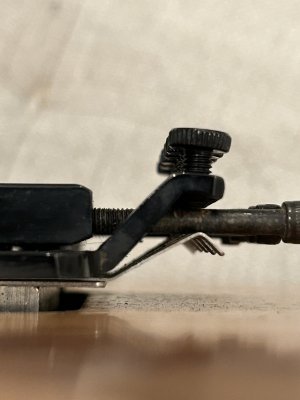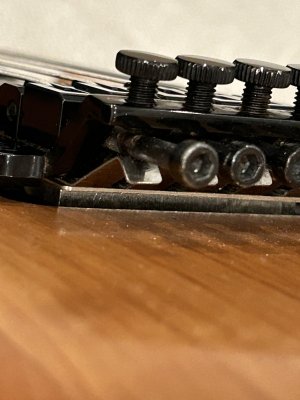A combination of things. First being the neck will always bend at the weakest point and that by design is soon after the neck joint relative to the force applied . Next is that the truss rod is basically ineffective at this point. This is why the long heel was added to the prs design. This was always worse on fender bass . Much improved by the addition of reinforcement rods on newer models.@Eagle what causes a “ski jump” at the bridge-end of a neck and why is it common with Fender guitars?
The last factor is fender don’t make any attempt to use a particular cut of maple so the stiffness is a lottery. Thicker necks, reinforced necks and quarter sawn necks are least likely to have this problem. Flat sawn necks most likely.
Last edited:


